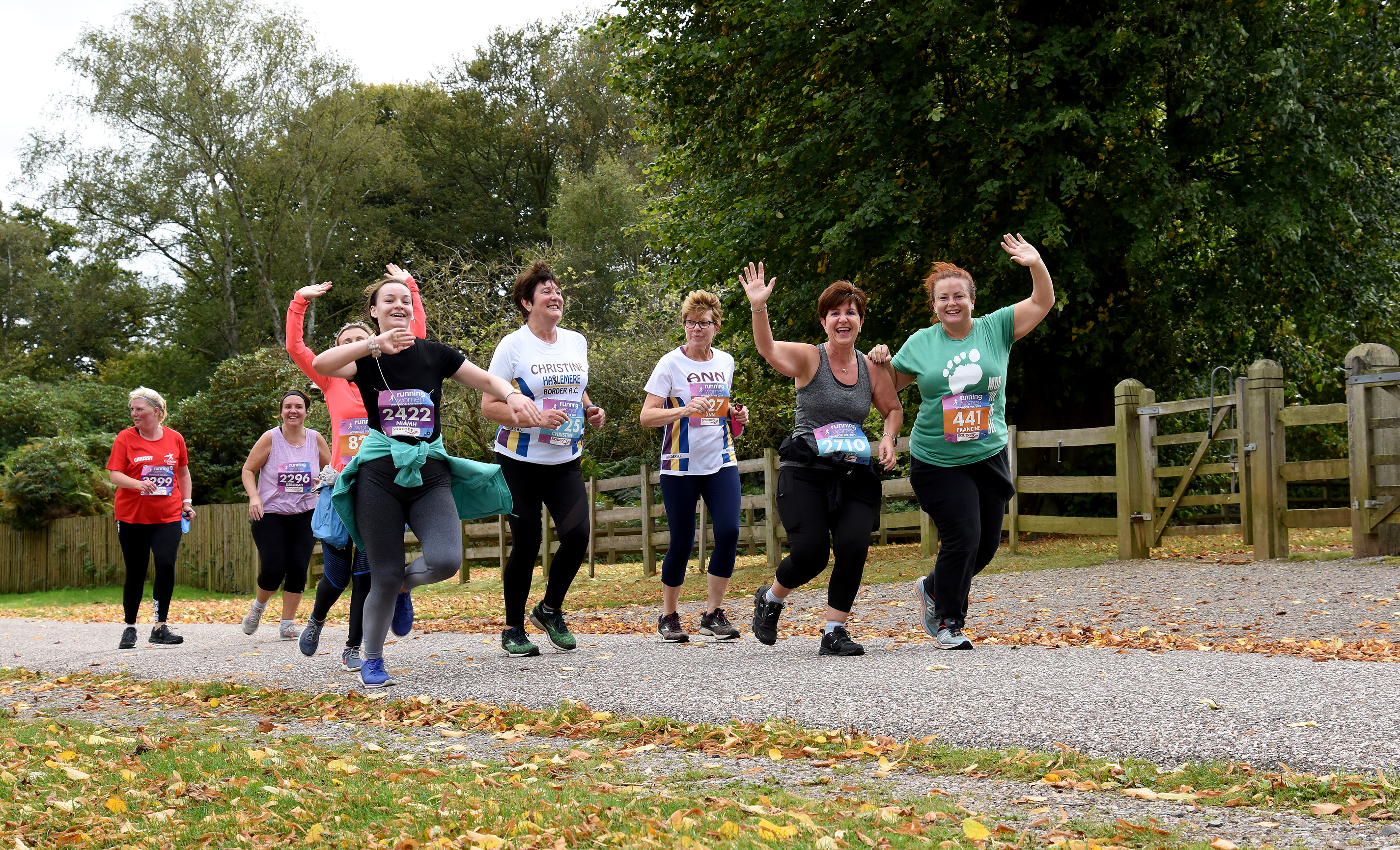Preparing for your first Marathon

Preparing for your first Marathon
Training for your first marathon can seem a daunting task. Make sure your training schedule is a positive experience and something you look forward to!
- Always warm up: Before starting any run, give your body time to adjust to repeated, rhythmical movements. The advice I give in clinic is to focus on activation, readying your body for the increased physiological stress it is about to endure.
Start out at a brisk walk and ease into a jog introducing 15 seconds of high knees and 15 seconds of hamstring flicks every minute.
Do this for 5 minutes – your breathing should have deepened and your heart rate increased, but you shouldn’t feel short of breath.
Stop and perform three hip rotations – lift your knee up in front of you, keeping your knee bent rotate it out to the side then lower your foot back to the floor. Repeat on the other side.
Finish your warm up by taking 3 deep breaths, focusing on the expansion of the bottom of your lungs – this is to help form good breathing habits while you train, optimising your oxygen uptake. You are now ready to start your run. - Set realistic expectations: The best way to avoid running injury is to not expect too much too soon from your body. Focus your training on achieving regular shorter runs that build up your total mileage through the week rather than one of long runs. If you finish each run tired, but feeling like you could have done more, then you are probably hitting the right mileage for you.
To run a marathon your muscles need to work aerobically and it is important not to let lactic acid build up. The optimal output of your cardiovascular system is to work at 70% of its VO2 Max. A rough way to work out if you are running at your VO2 Max is that you should feel short of breath, but should still be able to talk in full sentences while running at a consistent pace.
Increase your running distance gradually every week. If you are not confident you can achieve the increase you have set, then you have increased the mileage too quickly and are likely to not hit your goals. To reduce this risk of overtraining and becoming injured you should factor in rest days. When you are increasing your mileage, your muscles, tendons and connective tissue needs to adapt, which it does most effectively when you are resting.
As a rule of thumb, have one rest day to every two ‘standard runs’ and always have a rest day after your long run. Lastly don’t forget nutrition. Everyone is familiar with ‘carbo – loading’ for endurance running, but don’t neglect your protein. The body uses protein to repair and build tissue. This is vital to increase performance and prevent unnecessary soft tissue injury. - Cool Down: walk off your run for 3 minutes then stretch off your muscles. In standing stretch off your quads, hamstrings and calves. Lying on a matt stretch off your gluteals and hip flexors and finally stretch the whole of your back.
Taping has become very popular in since the Beijing Olympics and certainly there are a lot more design choices on the market.
If you are considering taping to avoid injuries when running it is best to have an assessment from a Physiotherapist first. There are different types of tape available to buy, some that enable movement and others that restrict as well as different methods of application that can either facilitate or inhibit muscle function.
A YourPhysioPlan.com accredited Physiotherapist has the skills to assess your whole body both when stationary and while running to advise you on how to avoid injury. If they recommend regular taping they will be able to teach you to apply the tape yourself as well as provide you with ongoing support as needed throughout your training.
Here are YourPhysioPlan.com co-founder, Denise Kesson’s Top Tips for Female Marathon Runners;
- Invest in a supported bra – Mastalgia (breast pain) has been reported in a third of female marathon runners and has been linked with having a negative impact on exercise behaviour.
- If you have suffered a previous running injury you are more likely to suffer an injury during training or on race day – check in with your Physiotherapist before you increase your training levels so they can support your body while is adapt to your new.
- To prevent injury, and maximize performance while marathon training ensure you have a solid foundation of running fitness and experience to begin with. Gradually build up the volume of mileage, and then strategically incorporate runs of various speeds and distances.
- And finally good news for the more mature female runner:
As you age it is easier for your body to maintain cardiovascular fitness. This means that the training load of the older athlete can have reduced volume compared to that of a younger athlete (they need to train harder to maintain cardiovascular fitness). This reduction in required training volume results in a dramatic reduction in the risk of injury to your joints and soft tissues!
YourPhysioPlan.com offers a range of annual subscription packages from as little as 60p a day to make physiotherapy, massage and physical conditioning more accessible, affordable and effective. Visit www.yourphysioplan.com
Similar Posts:
- Preparing for your first Marathon
- Got Into The London Marathon? 7 Things To Do Now!
- How To Structure A 10K-Training Week
- The Principles of Training
- Half Marathon Stretches
- Ready To Step Up From 5K To 10K?




Add Comment